Aqara should definitely be one of the brands to look for if you’re looking to setup your smart home with Apple HomeKit. From switches to sensors, Aqara’s portfolio has expanded to include lighting products as well. This article will be continuously updated as we arm our smart home with more Aqara products.
Aqara H1 Smart Switches
Smart switches are a great way to start automating things in your home as you can control you light and even fans remotely. And for HomeKit smart homes, the Aqara H1 smart switches are likely one of the few options you’ll come across.
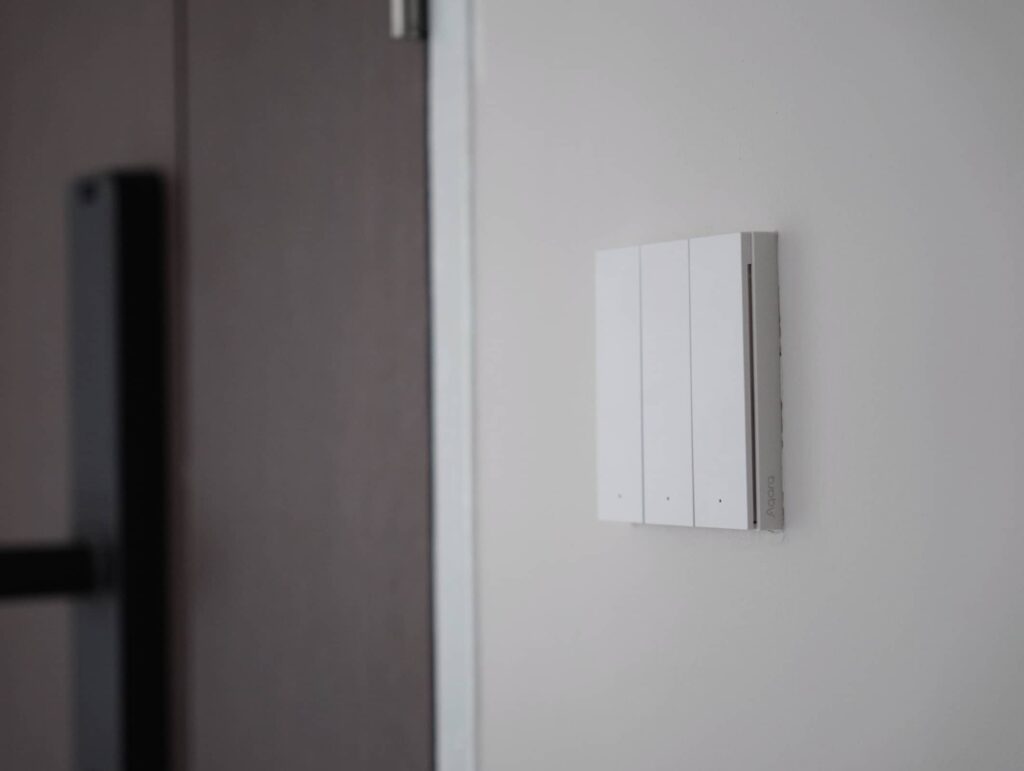
The Aqara H1 smart switches are available from 1-gang up to 3-gang (ie. Triple Rocker). It comes in a Neutral and non-neutral version. The Aqara H1 smart switches retails from S$59.90 up to S$89 on Synced, which have very fast deliveries. I am using the Aqara H1 Triple Rocker smart switch.
Design and build quality
There are two models of smart switches that Aqara currently sells – (1) D1, and the (2) H1. Aqara H1 smart switches stand out to me in terms of its build quality and design. The switches are very clicky and responsive. It may take some time to get used to the switch feeling as there is no physical depression of the rocker button. The Aqara H1 also produces a higher pitch “click” sound as well, that feels very tactile and satisfying to press once I got used to it.
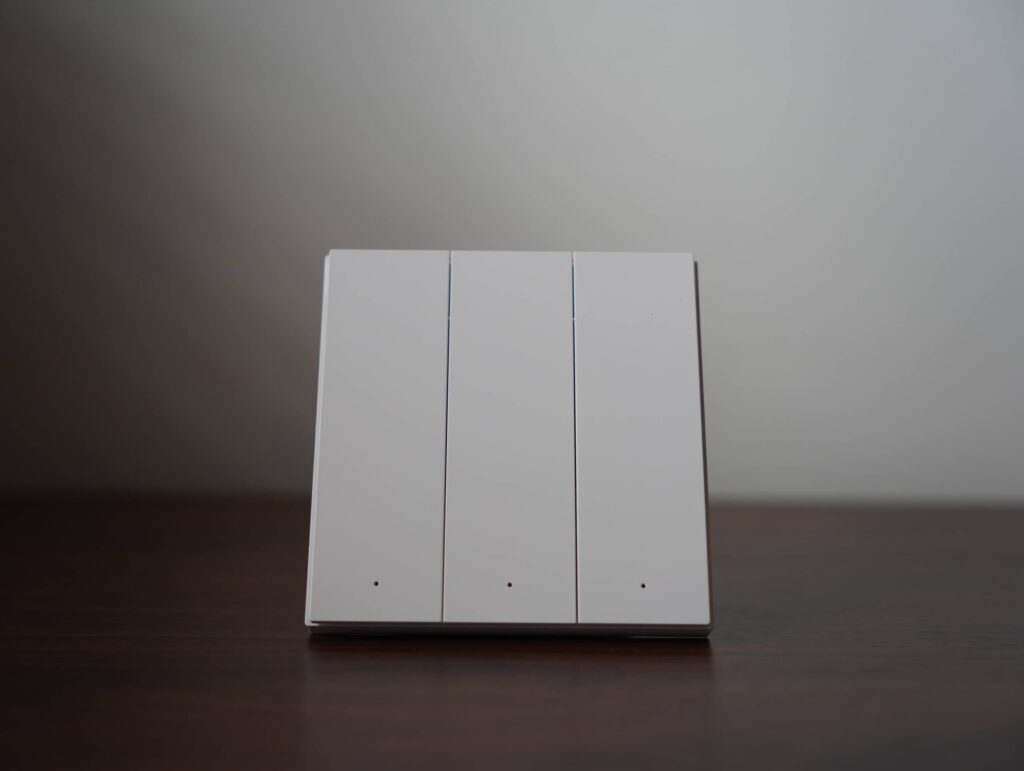
Each individual switch feels well-tensioned and the quality of plastic feels good quality. The Aqara H1 uses a metal frame where the screw holes are located, making the overall construction more durable especially when installing.

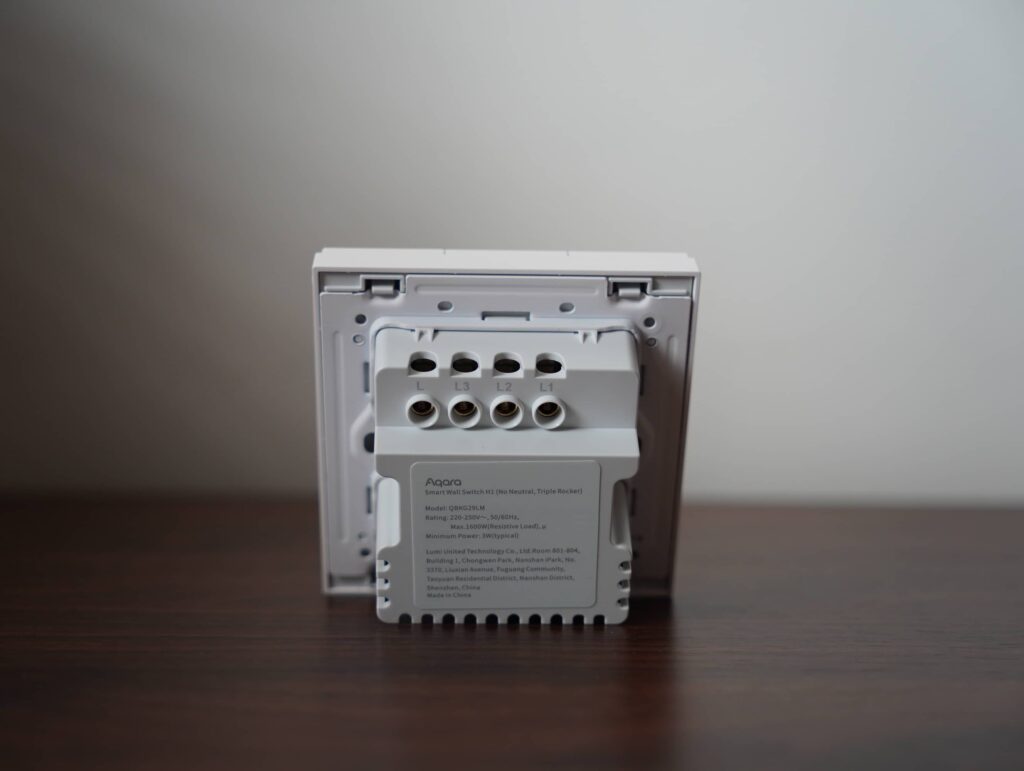
The Aqara H1 smart switches features a clean minimalist look due to its borderless design, and its switches doesn’t stick out too much. Each switch has a small LED indicator that lights up when it is turned on (you can turn this LED indicator off if you want in the app).
Usage and features
If you’re considering between the D1 and H1. I’d recommend opting for the Aqara H1 as it supports Zigbee 3.0 (whereas D1 only supports Zigbee 1.2). To use the Aqara H1 smart switch, you’d need to purchase a Zigbee 3.0 hub, which Aqara conveniently sells. I got the Aqara M2 hub. There is a newer M3 hub that is likely available Q2 of 2024, but if you don’t require the new features then the Aqara M2 hub is still highly capable.
Setting up the Aqara H1 is relatively straightforward. You give the switch a name and assign its room in your house. Then, you assign a name and icon to each switch button.


The lights/fans will appear in the home page of your Aqara app. If you have multiple lights that you always turn on at once, you can setup a lighting group for those lights linked to the Aqara H1. That way, you can setup automations or scenes that can toggle on this particular lighting group.

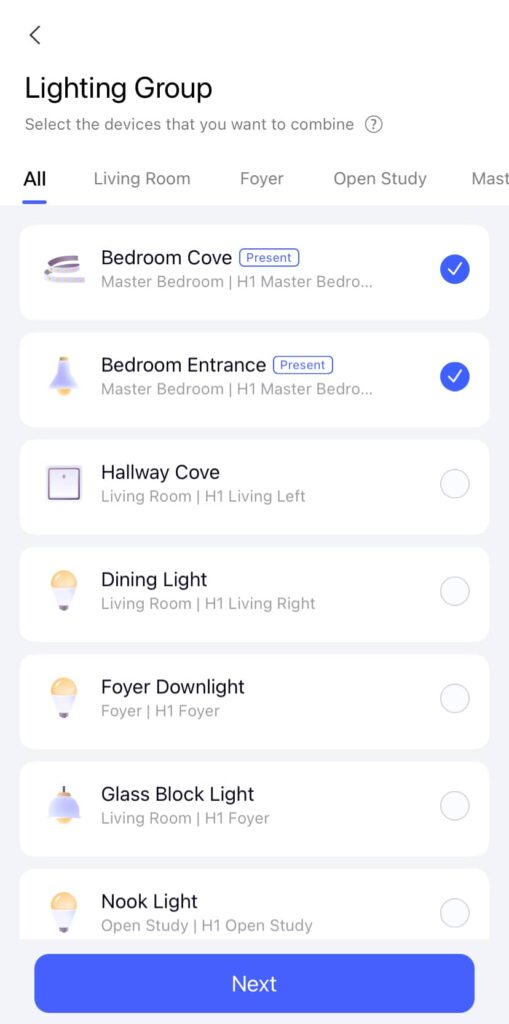
The Aqara H1 also features a “wireless switch” mode. Enabling it will unbind the switch that is connected to the relay, meaning that your lights will no longer be able to be powered on/off by the switch. This configuration lets you setup an automation to trigger actions on Aqara’s accessories. In theory, this allows you to setup a smart switch + smart light combo so that your smart light will never go offline. However, do note that this means your smart light has to be from Aqara so that it will be exposed in Aqara for you to create on automation action on it.
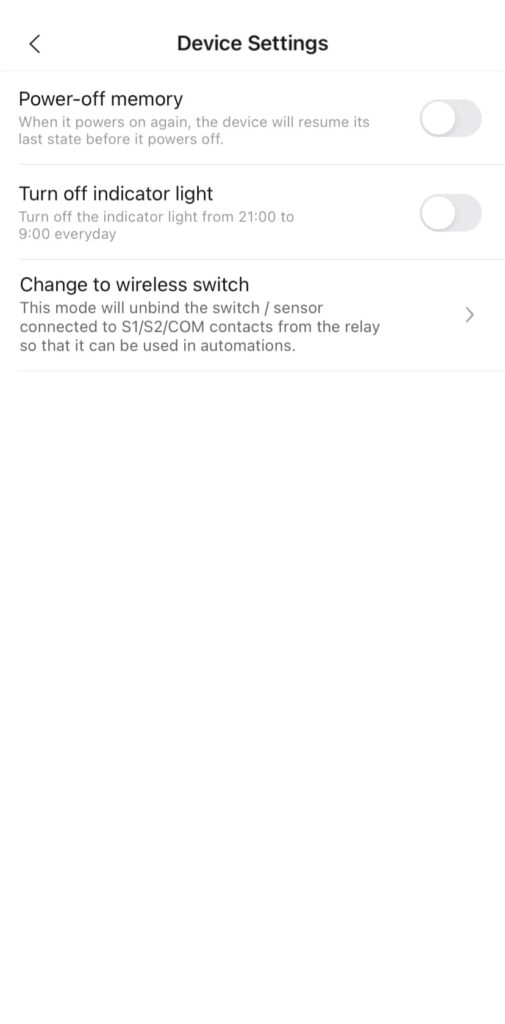
Once the Aqara H1 is setup in the Aqara app, you can start creating automations and scenes as well to start creating a smart home. For example, I have an automation that turns on the entrance light whenever my door is unlocked in the evening. This automation works well as my door lock is also from Aqara.

Adding the Aqara M2 Hub to HomeKit will automatically add all the child devices into HomeKit. You can then use your iPhone or any Apple device to control the lights/fan connected to the switch.
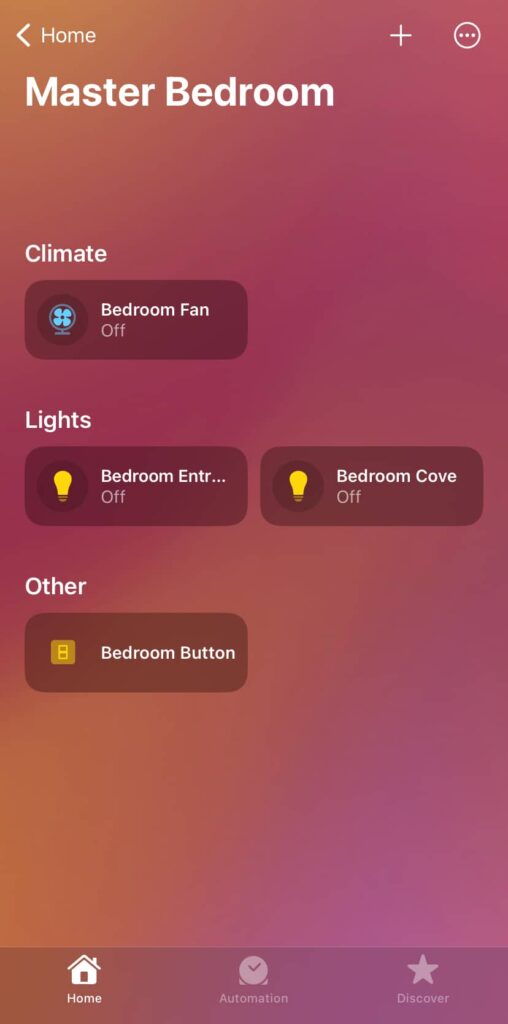
Aqara M2 Hub
Of all the Zigbee hubs that support HomeKit, I found the Aqara M2 Hub to be the most reliable of them all – the speed of sync status between that of its own app (Aqara) and HomeKit is very quick. Moreover, the Aqara M2 Hub does more that bridging Aqara products to HomeKit. It has infrared (IR) emitter as well so it can send remote commands to control appliances such as TV, aircon, or fans. It would have be great to see radio frequency (RF) emitter as well.
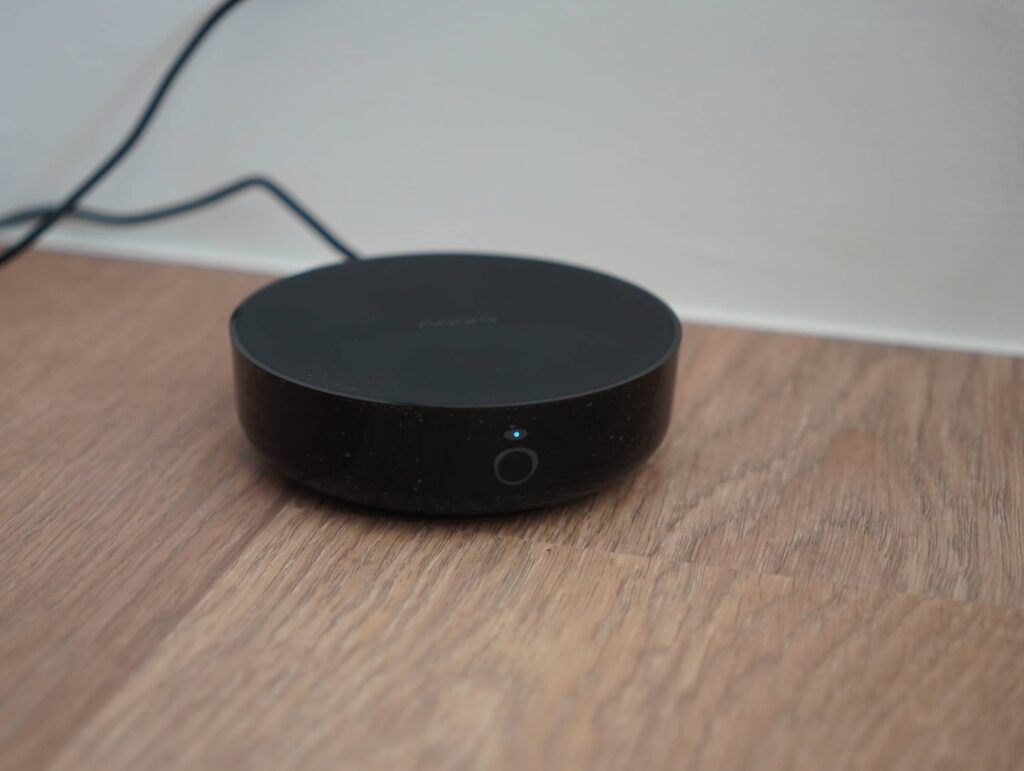
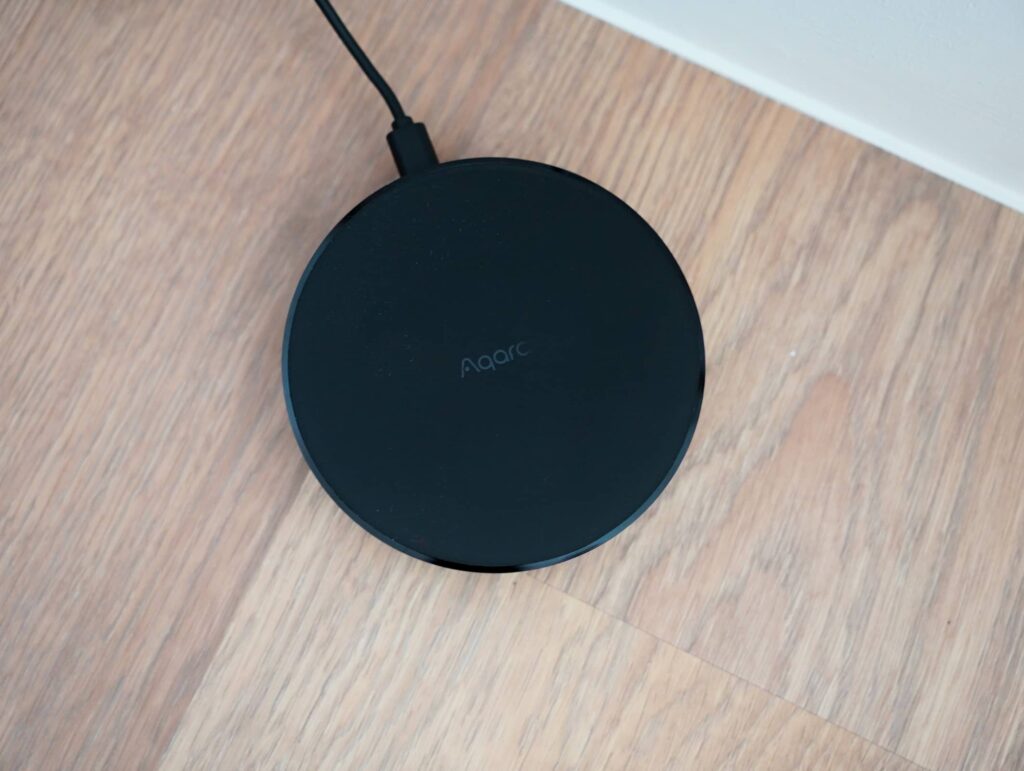
Before we dive into some of its unique features, some quick specs of the Aqara M2 Hub:
- Powered by micro-USB
- Zigbee 3.0 (up to 128 devices)
- RJ45 Ethernet port
- Bluetooth Low Energy
- Wi-Fi b/g/n
- Dimensions of 100.5×30.75mm
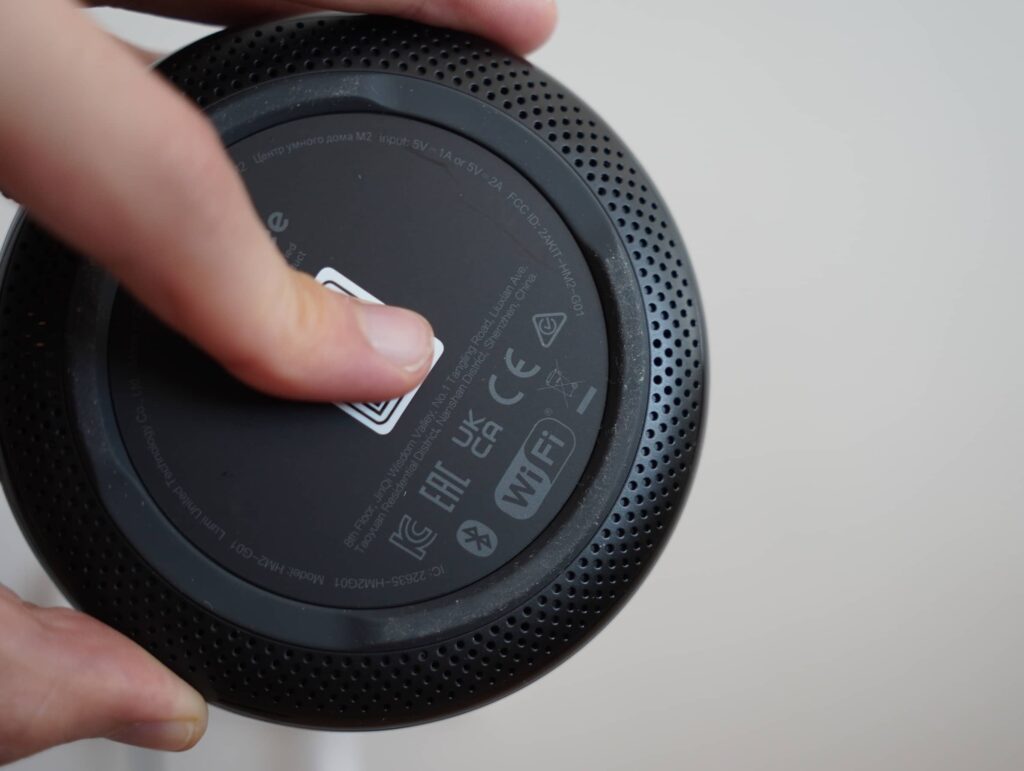
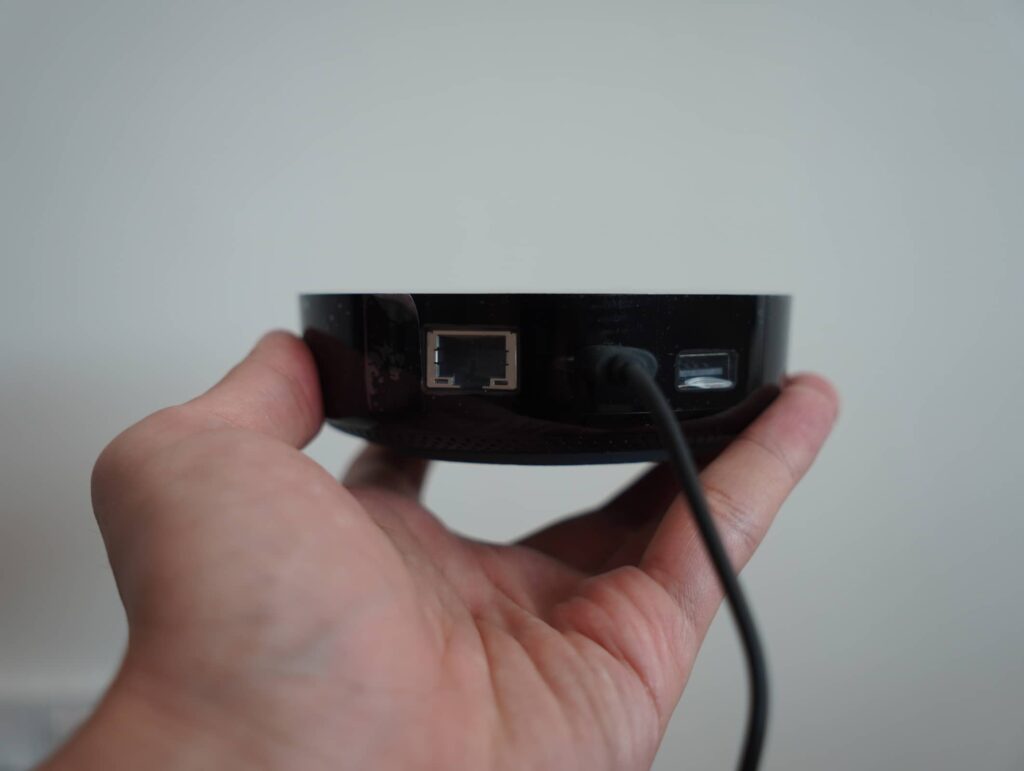
The features of the Aqara M2 Hub only start to shine with more Aqara products added to it. For example, you can create a smart doorbell simply by purchasing the Wireless Mini Switch. The Mini Switch allows you to create automations for its three configurable states: (1) single press, (2) double press, and (3) long press. Simply create an automation where by both a single and double press triggers the Aqara M2 Hub to play a desired ringtone as the doorbell sound. If you prefer to have a silent doorbell after a certain time, you can even setup an automation such that you get phone notifications as an alert instead of hearing a doorbell sound.
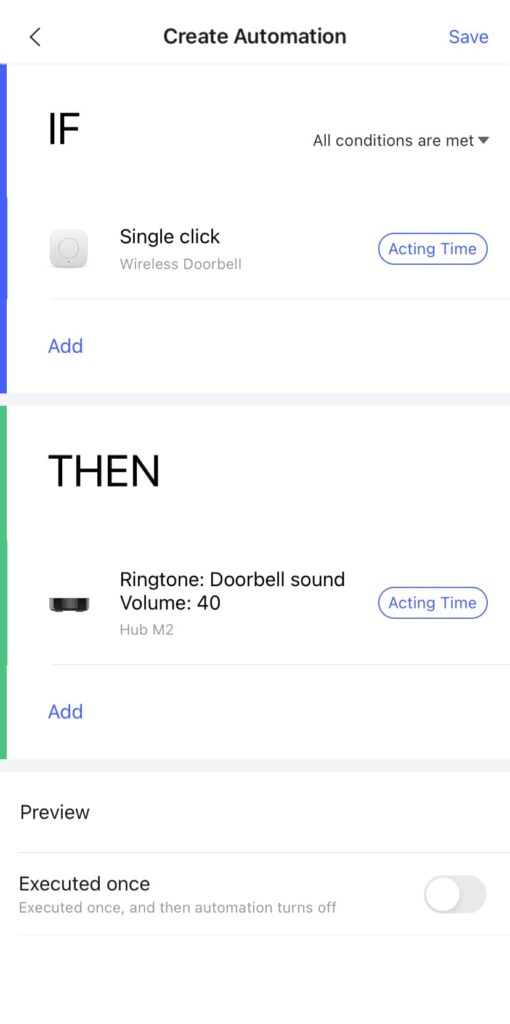
Other Aqara accessories you can pair the Aqara M2 Hub with is the Door and Window sensor and the Water Leak sensor. You can configure the Door and Window sensor such that the Aqara M2 Hub will send alerts and notifications if the door, window or even drawers are opened. If you’d like to track if your appliances are leaking water, you can place the Water Leak sensor under such devices. When water is detected, the Aqara M2 Hub can send notifications to your phone.
While all of Aqara’s child devices are exposed to HomeKit once paired with the Aqara M2 Hub, the full functionalities of the automations and scenes that you can setup on the Aqara hub is sometimes not available. So, it is good to consider this point when planning for different accessories that you’d like to have when setting up your smart home.
This article will be updated as we continue to add more Aqara devices to our smart home.

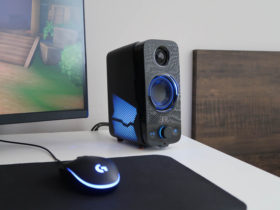
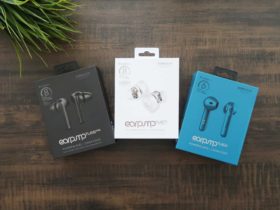
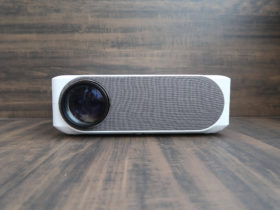

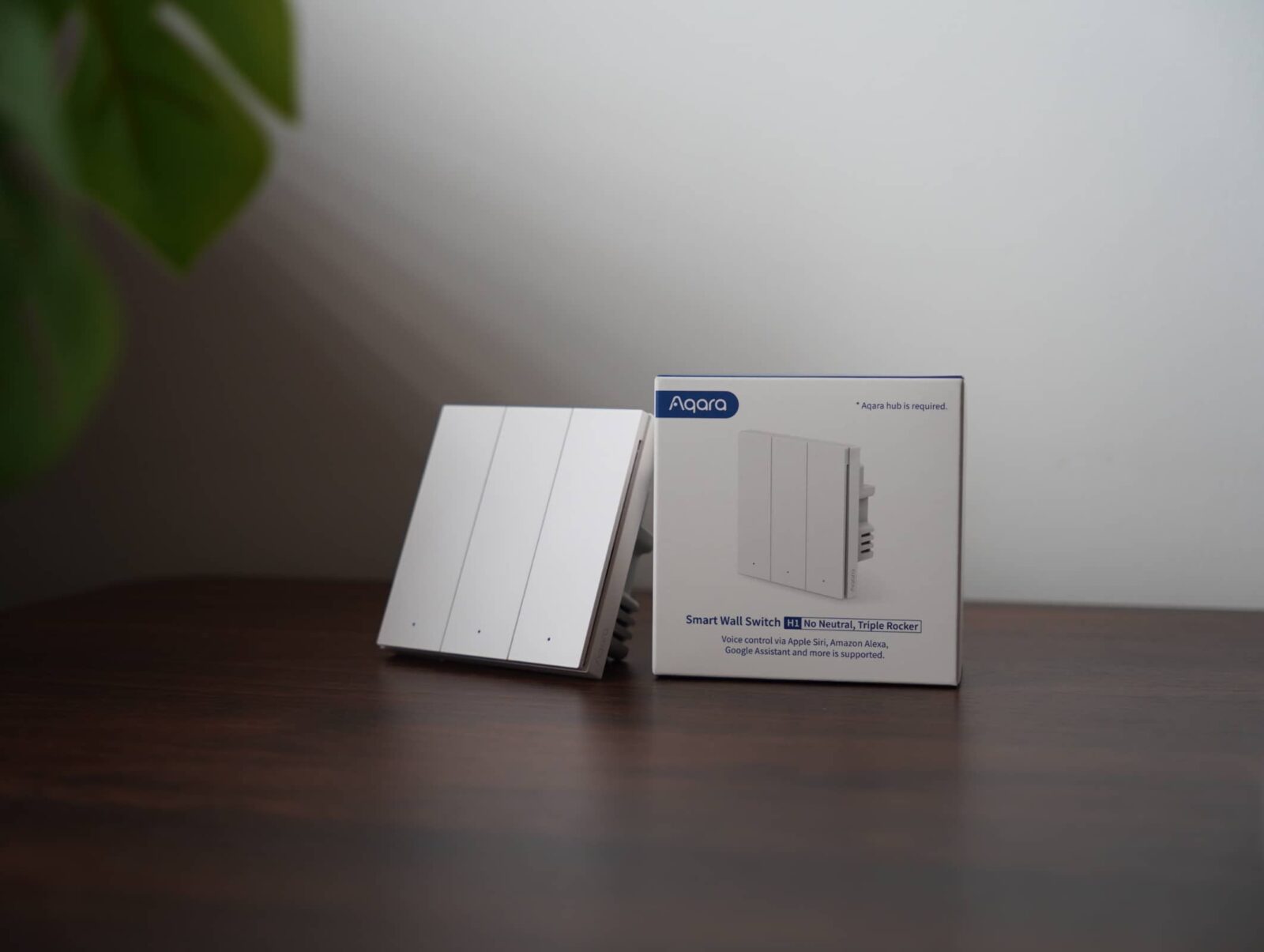








Leave a Reply